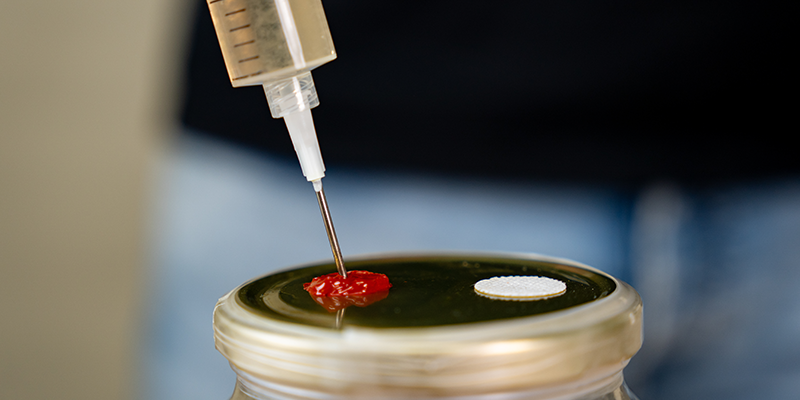Understanding Fungi
페이지 정보
작성자 Rene 댓글 0건 조회 50회 작성일 25-05-24 05:48본문
Mycology is the fascinating science of mushrooms and molds a realm that encompasses a vast array of species, from the brackets we commonly encounter to the hidden microbes that thrive in the depths of our soils. As a beginner in this field, understanding the fundamental vocabulary is crucial to appreciate the intricacies and factors of fungal biology. In this article, we will delve into the essential vocabulary that every beginner in mycology should be familiar with.
Fruit body: The most visible part of the fungus, the fruit body is the productive structure that grows above ground. The most common types of fruit bodies are mushrooms, scutes. Understanding the shape, size, and color of fruit bodies is essential for identifying and classifying fungi.
Mycelium: The vegetative part of the fungus, mycelium is a network of branching, filamentous hyphae that grow in the ecosystem. Mycelium is responsible for breaking down organic matter and absorbing nutrients.
Sclerotium: A compact mass of fungal mass, sporenspritze herstellen a sclerotium is a defensive structure that develops in response to environmental pressures. Sclerotia can serve as hibernation structures, allowing the fungus to revive and resume growth when conditions become favorable again.
Spore: The reproductive unit of the fungus, a spore is a single cell that is produced by the fruit body and designed to disperse and propagate the fungus. Spores can be similar to or different from the fruit body, and are often responsible for the characteristic morphogenetic pathways of the fungus.
Spore print: A test used to identify fungi, the spore print is obtained by placing a piece of the fungus on a glass slide and allowing the spores to fall on the surface. The color and pattern of the spore print can be essential clues to identifying the fungus.
Fruiting body: Another term for fruit body, the fruiting body is the visible part of the fungus above ground. It is responsible for producing and releasing spores for reproduction.
Hymenium: The layer of tissue in the fruit body responsible for producing and releasing spores, the hymenium is a critical molecule of the reproductive process.
Basidiocarp: Also known as a basidiomycete, this type of fruit body produces spores through a process called meiosis. It is characteristic of fungi in the phylum Basidiomycota.
Anamorph: A type of fungal growth that occurs in response to stress, an anamorph is characterized by the production of a compact, rounded mass of tissue.

Teleomorph: The perfect or complete form of a fungus, a teleomorph represents the reproductive stage of the organism. It is typically larger, more developed, and more striking than the anamorph.
Understanding these fundamental concepts will provide a solid foundation for beginners in mycology. By grasping the basic vocabulary, one can begin to explore the interesting world of fungi and uncover its aspects.
댓글목록
등록된 댓글이 없습니다.